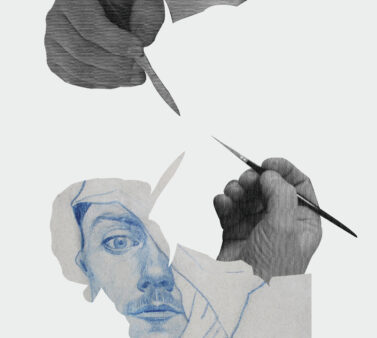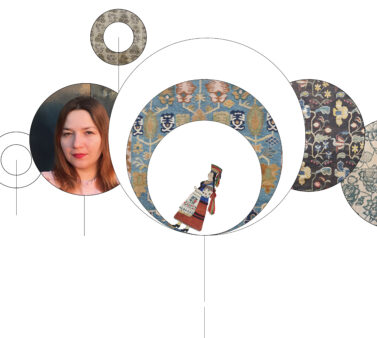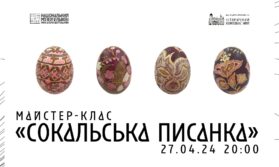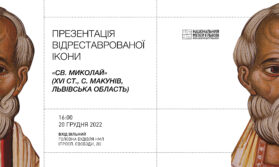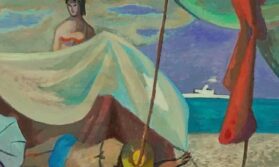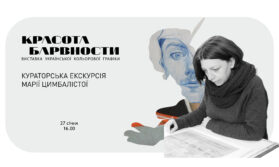Historical complex of the Andrei Sheptytsky National Museum in Lviv

Following rapid growth of the National Museum and enlargement of its collections, in June 1911, Metropolitan Andrey Sheptytsky bought a real estate at 42, M. Mokhnatsky Street (presently – M. Drahomanov Street) known as a palace of Emil Dunikovsky, a professor of Lviv University, with two outhouses next to it. On completing some reconstructions of the buildings, the art collections as well as archive and library were removed from Saint George’s premises (the first home of the Museum) to the new location.
On December 13th, 1913, the ceremonious inauguration of the Museum took place and the Founder pronounced its transference into possession of the Ukrainian people. This event marked a new period in cultural life of Western Ukraine and was widely covered by European press.
In 1930-1935, to meet the growing needs of housing the extensive collections a new Museum facility was constructed. It was a side wing erected according to the project of Oleksandr Pezhansky (1930-1934) in functionalism style and planned for displaying and save-keeping of the vast Museum holdings.
On September 27th, 1935, to celebrate the 30th anniversary of the Museum’s establishment and to honor the 70th birthday of the Founder the monument to Metropolitan Andrey Septytsky was inaugurated in front of the main building of the NML. It was created by the famous Ukrainian sculptor Serhiy Lytvynenko (demolished by the soviet power in 1947).
At present, the complex restoration and renovation works are under way. The Museum is due to open in 2013 to commemorate the centenary of its opening to the public viewing.
The Museum ensemble – a historical cradle of the NML (42, M. Drahomanov Street)
Includes a palace built after the project of Vladyslav Raush in the Eclecticism style (combining features of the Gothic, Renaissance, and Baroque) in 1896;
The Museum edifice №2 erected according to the project of Oleksandr Pezhansky (1930-1935) in Functionalism style;
the outhouse constructed according to the project of Vladyslav Raush in 1898 – 1899, primarily planned as a stable and a horse carriages and carts facility. In 1911, it was reconstructed (after the project of Shubert) as a family compound for professor I. Sventsytsky, the first director of the Museum. In 2008–2009, the building underwent overhaul and renovation to function as a Memorial Museum of professor I. Sventsytsky.
Building of a stable (1898 – 1899); reconstructed into a storeroom facility in the 1960s.
Exhibitions
Events
